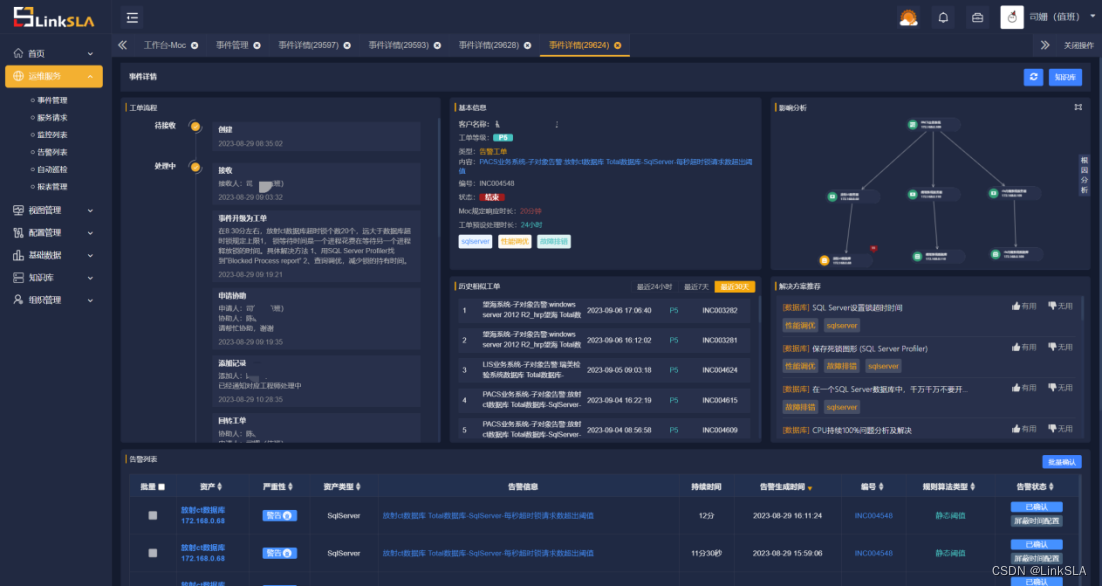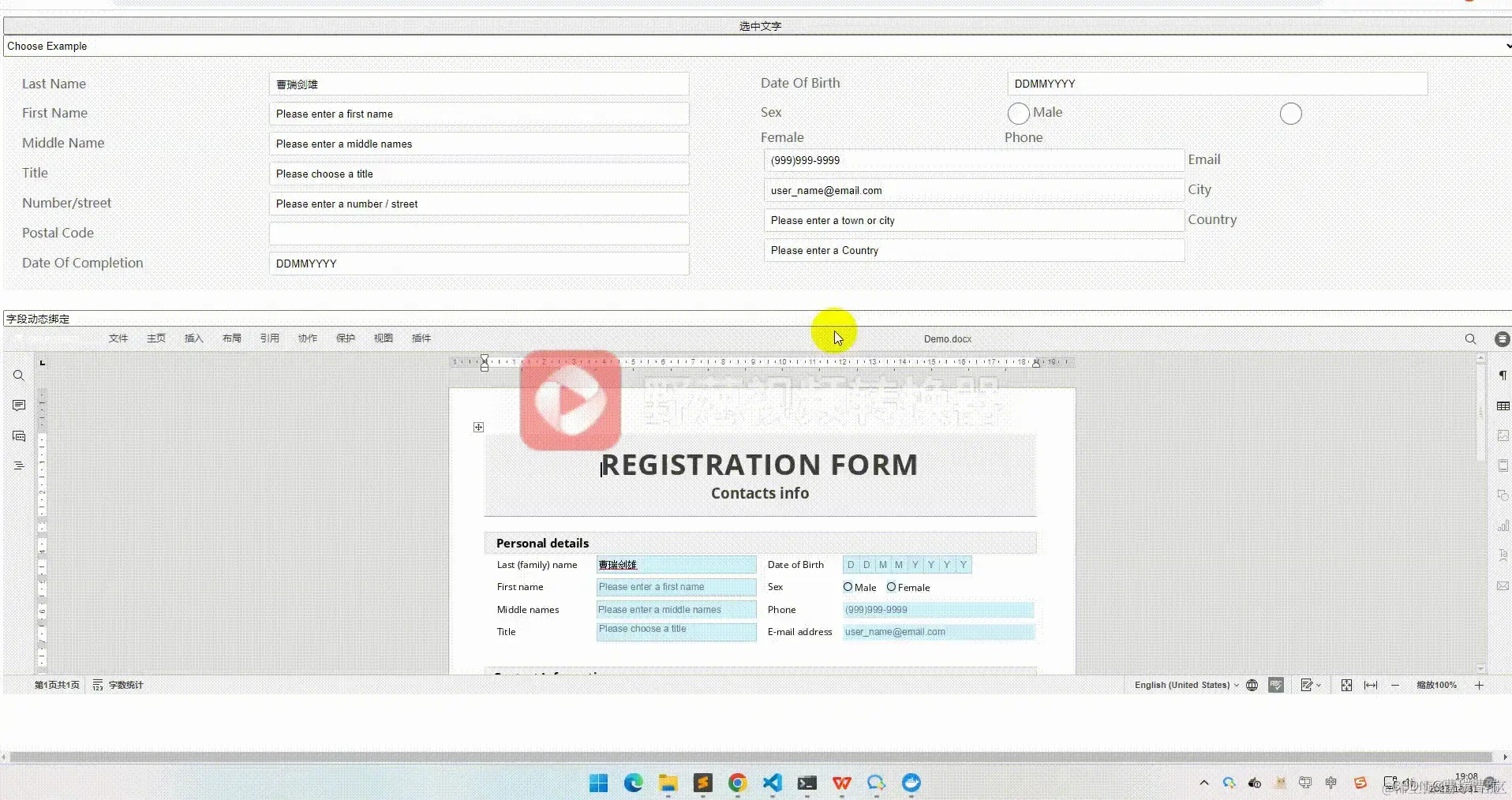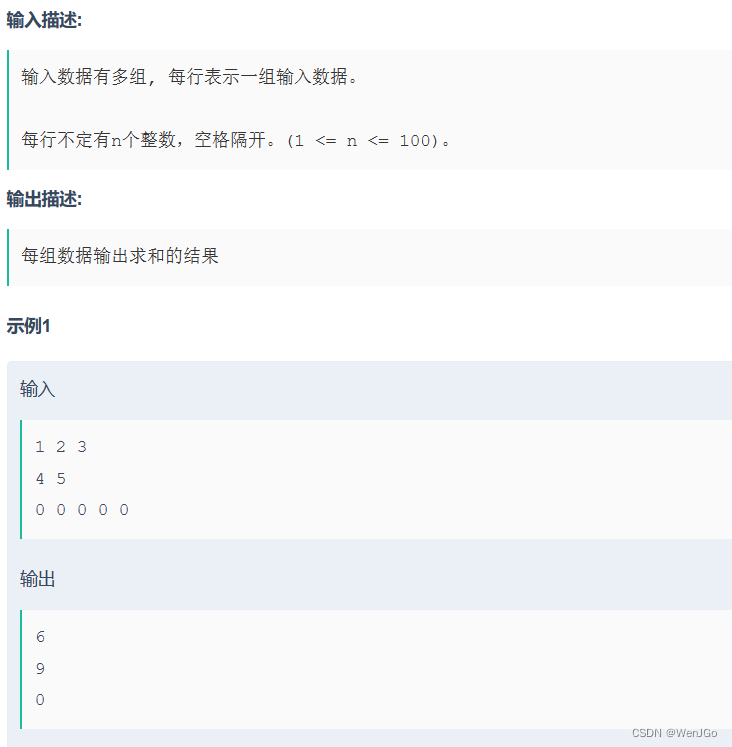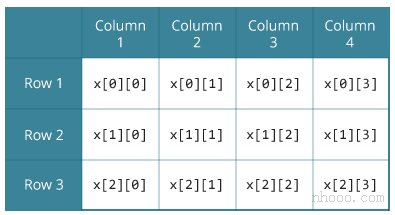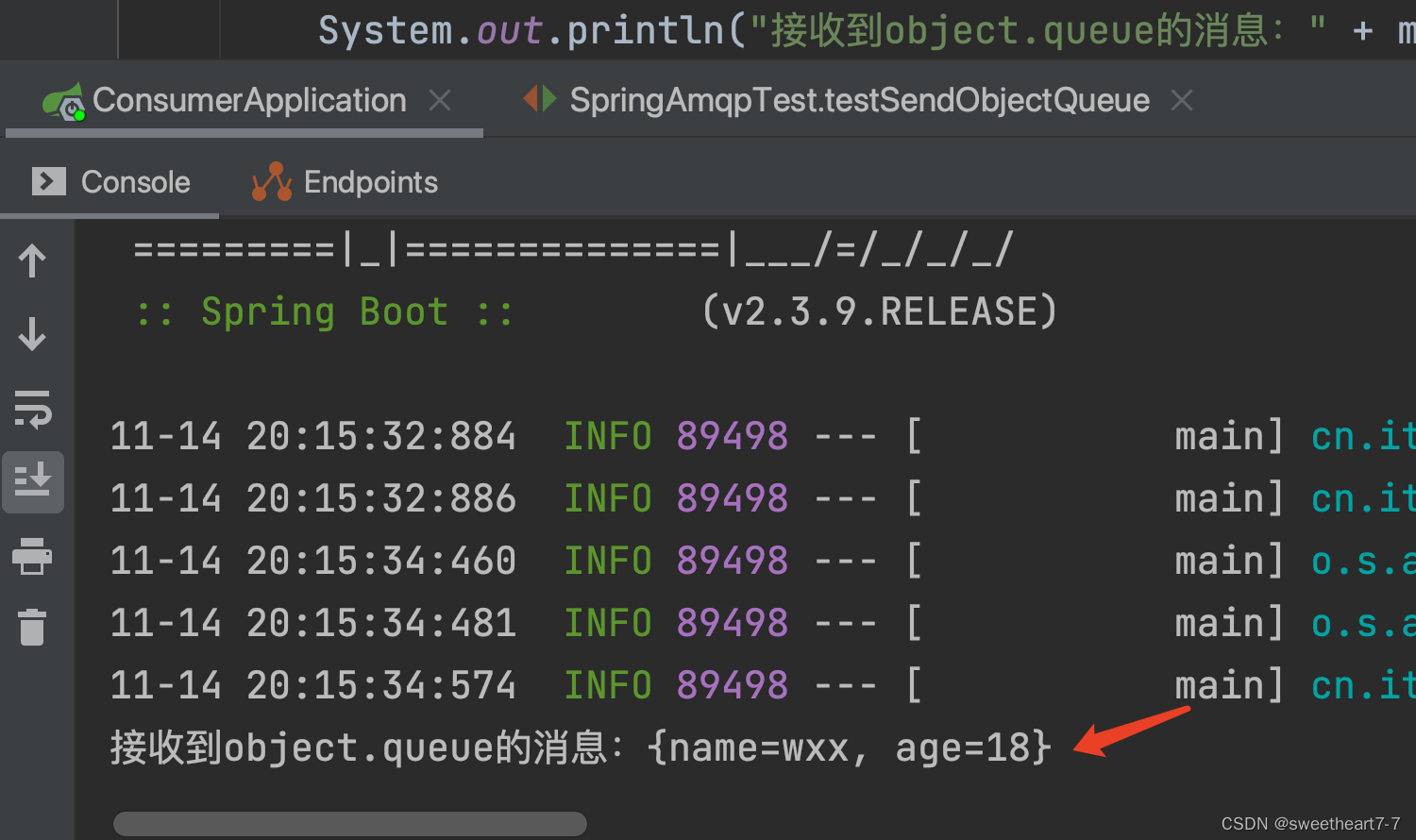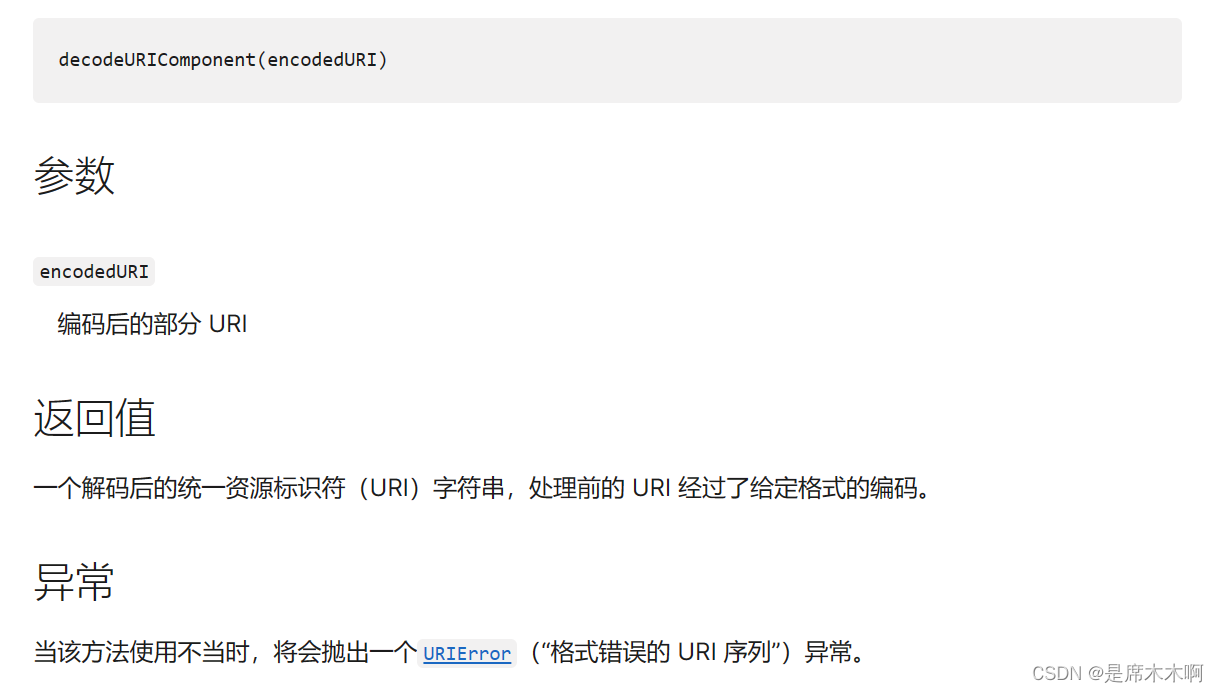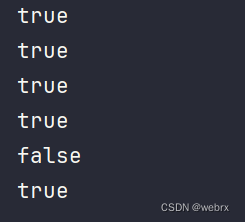文章目录
- starter命令规则
- 项目演示
- 新建工程
- Pom引入依赖
- 定义属性配置
- 定义自动配置类
- 配置EnableAutoConfiguration
- 业务实现
- 项目中使用
什么是Starter?Starter其实就是我们经常在maven中的导入的各种模块,自定义Starter可以快速的满足开发的需求,并且可以重复使用无需粘贴代码,直接从maven仓库中导入即可。那么我们如何自定义一个Starter呢?这里我们以自动记录接口请求时间为例(自定义Starter的知识点只需看主要部分即可):
starter命令规则
这段话的大概意思就是,麻烦大家遵守这个命名规范:
Srping官方命名格式为:spring-boot-starter-{name}
非Spring官方建议命名格式:{name}-spring-boot-starter
项目演示
新建工程
首先新建一个maven 工程,名称定义为demo-spring-boot-starter
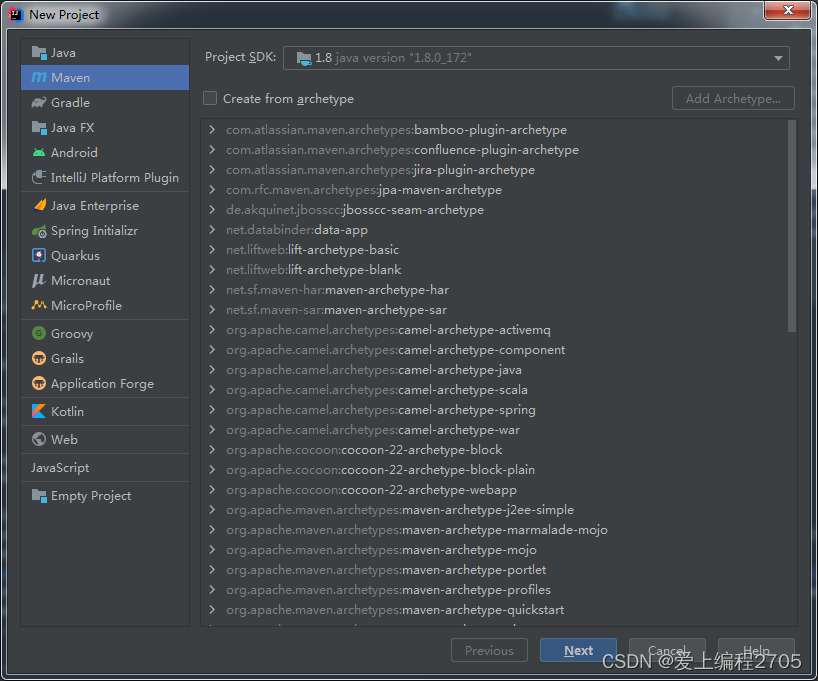
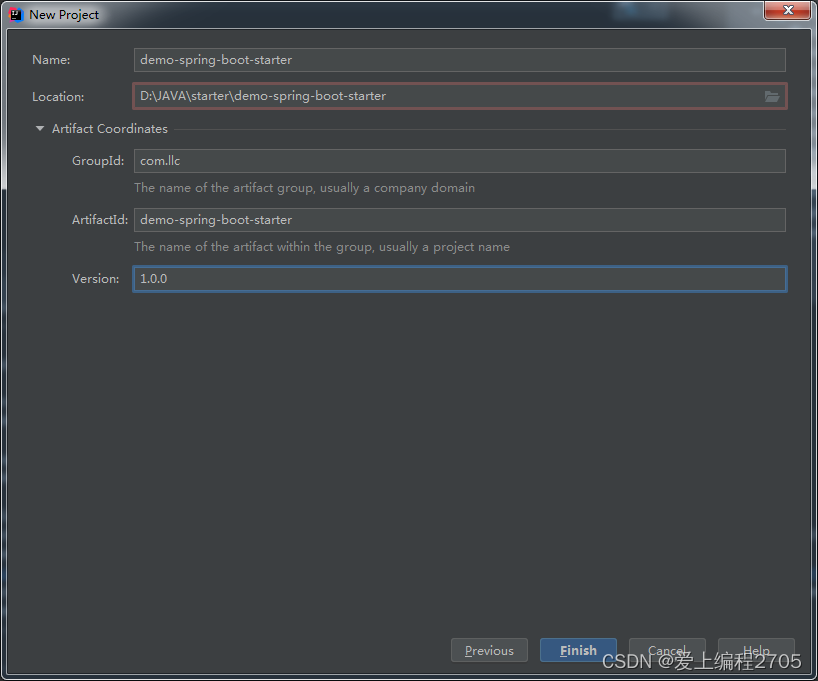
Pom引入依赖
<?xml version="1.0" encoding="UTF-8"?>
<project xmlns="http://maven.apache.org/POM/4.0.0"
xmlns:xsi="http://www.w3.org/2001/XMLSchema-instance"
xsi:schemaLocation="http://maven.apache.org/POM/4.0.0 http://maven.apache.org/xsd/maven-4.0.0.xsd">
<modelVersion>4.0.0</modelVersion>
<parent>
<groupId>org.springframework.boot</groupId>
<artifactId>spring-boot-starter-parent</artifactId>
<version>2.3.0.RELEASE</version>
<relativePath/> <!-- lookup parent from repository -->
</parent>
<groupId>com.llc</groupId>
<artifactId>demo-spring-boot-starter</artifactId>
<version>1.0.0</version>
<properties>
<project.build.sourceEncoding>UTF-8</project.build.sourceEncoding>
<maven.compiler.source>1.8</maven.compiler.source>
<maven.compiler.target>1.8</maven.compiler.target>
</properties>
<dependencies>
<!-- 提供了自动装配功能-->
<dependency>
<groupId>org.springframework.boot</groupId>
<artifactId>spring-boot-autoconfigure</artifactId>
</dependency>
<!-- 在编译时会自动收集配置类的条件,写到一个META-INF/spring-autoconfigure-metadata.json中-->
<dependency>
<groupId>org.springframework.boot</groupId>
<artifactId>spring-boot-configuration-processor</artifactId>
</dependency>
<!--记录日志会用到切面,所以需要引入-->
<dependency>
<groupId>org.springframework.boot</groupId>
<artifactId>spring-boot-starter-aop</artifactId>
</dependency>
<dependency>
<groupId>org.projectlombok</groupId>
<artifactId>lombok</artifactId>
</dependency>
<dependency>
<groupId>junit</groupId>
<artifactId>junit</artifactId>
</dependency>
</dependencies>
<build>
<plugins>
<plugin>
<groupId>org.apache.maven.plugins</groupId>
<artifactId>maven-source-plugin</artifactId>
<version>2.2.1</version>
<executions>
<execution>
<id>attach-sources</id>
<goals>
<goal>jar-no-fork</goal>
</goals>
</execution>
</executions>
</plugin>
</plugins>
</build>
</project>
spring-boot-autoconfigure :提供自动化装配功能,是为了Spring Boot 应用在各个模块提供自动化配置的作用;即加入对应 pom,就会有对应配置其作用;所以我们想要自动装配功能,就需要引入这个依赖。
spring-boot-configuration-processor:将自定义的配置类生成配置元数据,所以在引用自定义STARTER的工程的YML文件中,给自定义配置初始化时,会有属性名的提示;确保在使用@ConfigurationProperties注解时,可以优雅的读取配置信息,引入该依赖后,IDEA不会出现“spring boot configuration annotation processor not configured”的错误;编译之后会在META-INF 下生成一个spring-configuration-metadata.json 文件,大概内容就是定义的配置的元数据;
spring-boot-starter-aop :记录日志,我们用到切面的功能,所以需要引入。
定义属性配置
package com.llc.config;
import lombok.Data;
import org.springframework.beans.factory.annotation.Value;
import org.springframework.boot.context.properties.ConfigurationProperties;
@Data
@ConfigurationProperties(prefix = "llc")
public class LogProperties {
/**
* 是否开启日志
*/
private boolean enable;
/**
* 平台:不同服务使用的区分,默认取 spring.application.name
*/
@Value("${spring.application.name:#{null}}")
private String platform;
}
@ConfigurationProperties:该注解和@Value 注解作用类似,用于获取配置文件中属性定义并绑定到Java Bean 或者属性中;换句话来说就是将配置文件中的配置封装到JAVA 实体对象,方便使用和管理。
这边我们定义两个属性,一个是是否开启日志的开关,一个是标识平台的名称。
定义自动配置类
package com.llc.config;
import org.springframework.boot.autoconfigure.condition.ConditionalOnProperty;
import org.springframework.boot.context.properties.EnableConfigurationProperties;
import org.springframework.context.annotation.ComponentScan;
import org.springframework.context.annotation.Configuration;
/**
*
* @author llc
* @date 2023/11/14
*/
@Configuration
@ComponentScan("com.llc")
@ConditionalOnProperty(prefix = "llc",name = "enable",havingValue = "true",matchIfMissing = false)
@EnableConfigurationProperties({LogProperties.class})
public class LogAutoConfiguration {
}
这个类最关键了,它是整个starter 最重要的类,它就是将配置自动装载进spring-boot的。
配置EnableAutoConfiguration
在resources/META-INF/ 目录新建spring.factories 文件,配置内容如下;
org.springframework.boot.autoconfigure.EnableAutoConfiguration=com.llc.config.LogAutoConfiguration
业务实现
package com.llc.annotation;
import java.lang.annotation.ElementType;
import java.lang.annotation.Retention;
import java.lang.annotation.RetentionPolicy;
import java.lang.annotation.Target;
@Target(ElementType.METHOD)
@Retention(RetentionPolicy.RUNTIME)
public @interface RequestLog {
}
定义切面执行逻辑,这边就简单的打印一下配置文件的属性值+目标执行方法+耗时。
package com.llc.aop;
import com.llc.annotation.RequestLog;
import com.llc.config.LogProperties;
import lombok.AllArgsConstructor;
import lombok.extern.slf4j.Slf4j;
import org.aspectj.lang.ProceedingJoinPoint;
import org.aspectj.lang.annotation.Around;
import org.aspectj.lang.annotation.Aspect;
import org.aspectj.lang.annotation.Pointcut;
import org.springframework.stereotype.Component;
@Aspect
@Component
@Slf4j
@AllArgsConstructor
public class LogAspectjProcess {
LogProperties logProperties;
/**
* 定义切点
*/
@Pointcut("@annotation(com.llc.annotation.RequestLog)")
public void pointCut() {
}
/**
* 环绕通知
*
* @param thisJoinPoint
* @param requestLog
* @return Object
*/
@Around("pointCut() && @annotation(requestLog)")
public Object around(ProceedingJoinPoint thisJoinPoint, RequestLog requestLog) {
//执行方法名称
String taskName = thisJoinPoint.getSignature()
.toString().substring(
thisJoinPoint.getSignature()
.toString().indexOf(" "),
thisJoinPoint.getSignature().toString().indexOf("("));
taskName = taskName.trim();
long time = System.currentTimeMillis();
Object result = null;
try {
result = thisJoinPoint.proceed();
} catch (Throwable throwable) {
throwable.printStackTrace();
}
log.info("{} -- method:{} run :{} ms", logProperties.getPlatform(), taskName,
(System.currentTimeMillis() - time));
return result;
}
}
整体项目结构就是这样子
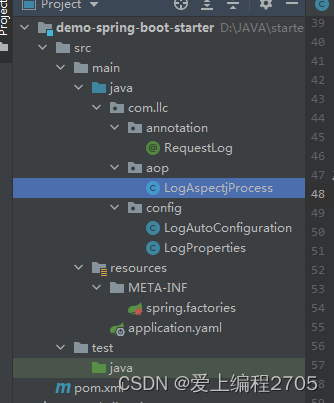
starter这样就完成了
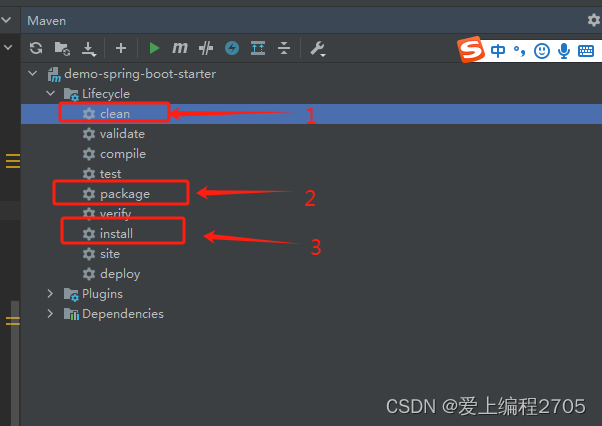
上传到maven仓库中。
项目中使用
引入pom
<dependency>
<groupId>com.llc</groupId>
<artifactId>demo-spring-boot-starter</artifactId>
<version>1.0.0</version>
</dependency>
yml配置
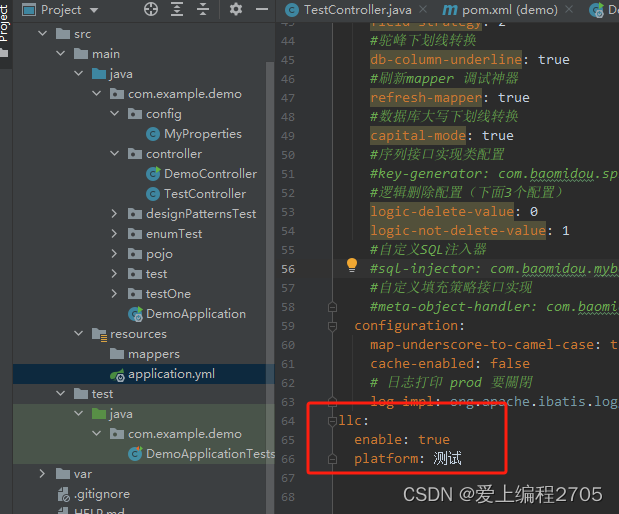
测试

http://localhost:8080/test

转载地址:https://zhuanlan.zhihu.com/p/596170608

